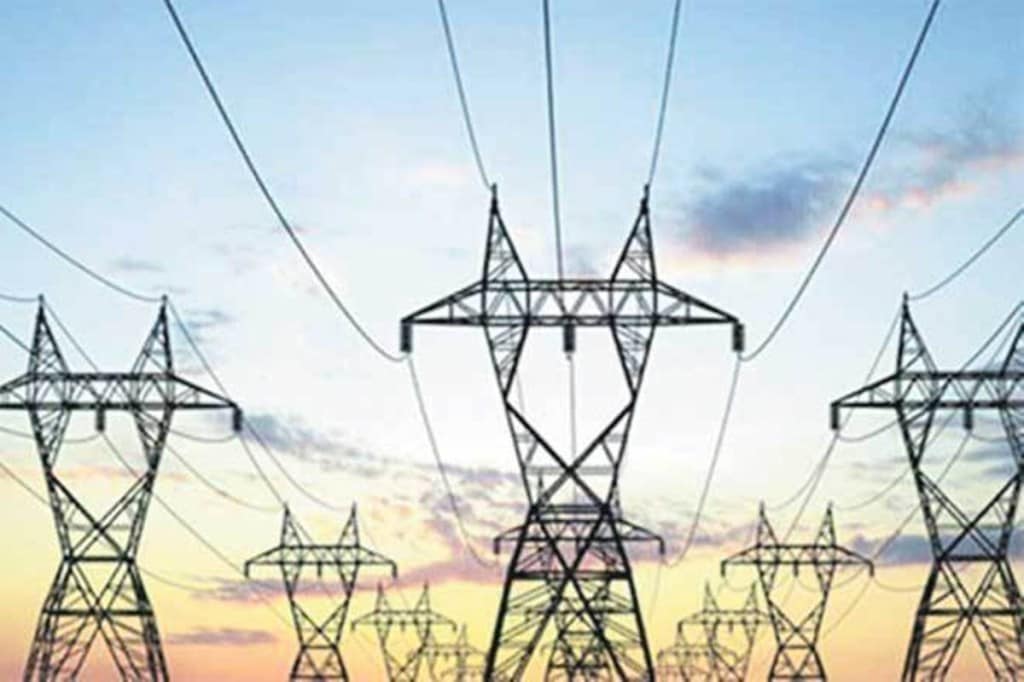India Grid Trust (IndiGrid), India’s first power-sector infrastructure investment trust (InvIT), completed acquisition of a transmission network in the northeastern states of Assam, Arunachal Pradesh and Tripura from Sterlite Power at an enterprise value of `4,625 crore, the firm said on Saturday.
With this acquisition, the largest in the segment, IndiGrid’s asset under monetisation (AUM) has risen 34% to around `20,000 crore. The platform’s asset portfolio now consists of 13 power transmission projects, with a total network of 38 power transmission lines and 11 substations extending over around 7,570 circuit kilometres.
NER-II Transmission Ltd (NER-II) that has been acquired is part of the inter-state transmission scheme network, with a build, own, operate and maintain contract of 35 years. It provides electricity to around 5.3 crore people in the three states.
Harsh Shah, chief executive officer at IndiGrid, said FY21 has been a transformational year for IndiGrid with Rs 7,500- crore acquisitions across inter-state transmission, intra-state transmission, and regulated tariff transmission projects as well as a solar project.
The acquisitions will enable the InvIT to increase its dividend distribution per unit (DPU) further. The DPU is currently Rs 12.40 per annum.
“Going forward, with a robust acquisition pipeline and proposed equity infusion via rights issue, IndiGrid is in steadfast position to capitalise on the growth opportunities..,” the firm said. “The acquisition of NER-II was envisaged as part of the framework agreement signed with Sterlite Power in April 2019. The investment manager of IndiGrid had signed a definitive share purchase agreement for the acquisition of NER-II on March 5, 2021,” it added.
KKR and GIC together hold around 45% in IndiGrid, while Sterlite Power holds 40% in the investment manager arm of IndiGrid.
Cyril Amarchand and Mangaldas, PriceWaterHouse Coopers, L&T-S&L and J Sagar Associates advised IndiGrid on this transaction.
InvITs are designed to manage revenue-generating infrastructure assets; these tend to offer regular yield to investors. The structure is also seen to make available an alternative route to raise funds to state-run companies, given the government’s budgetary constraints.

